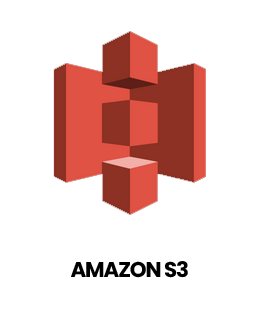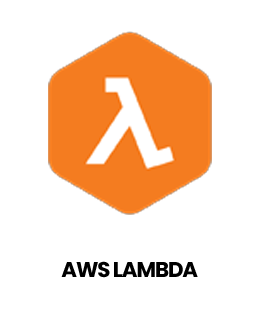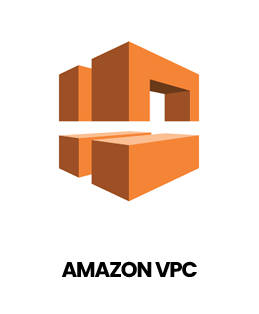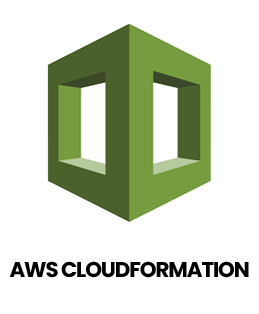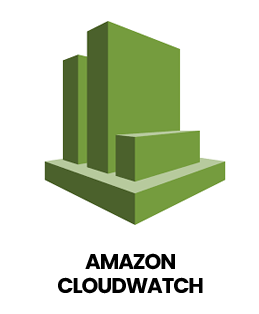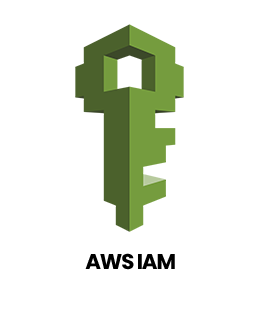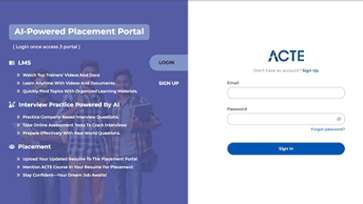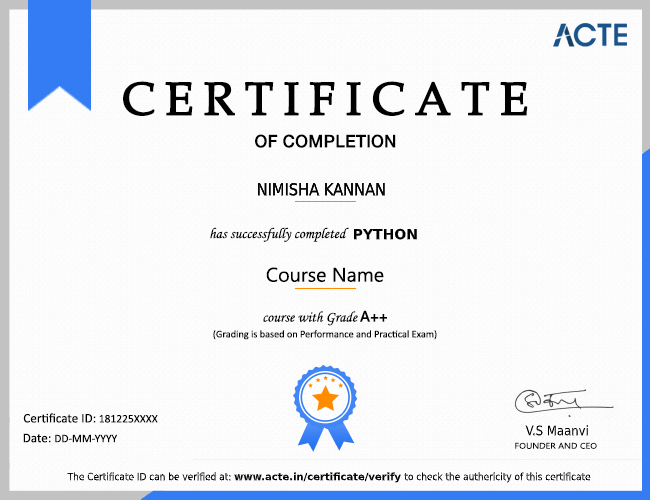Amazon Web Services, popularly known as AWS in the market, is a secure cloud service platform. It offers various functions for a business to scale up and grow such as computing power, content delivery, database storage and many other functionalities.
AWS is a good career move for those who want to explore and grow in the field of cloud computing. With the help of AWS, an individual, company, enterprises can get a cloud computing platform. For starting a career in AWS as a fresher, first of all, you need to undergo training for AWS.
Yes, you can get a job even when you are an AWS fresher. But make sure you know all about AWS Cloud. However, only learning about the AWS cloud is not enough to get your hands on a good job.
We are happy and proud to say that we have strong relationship with over 700+ small, mid-sized and MNCs. Many of these companies have openings for AWS. Moreover, we have a very active placement cell that provides 100% placement assistance to our students. The cell also contributes by training students in mock interviews and discussions even after the course completion.
AWS is primarily an Infrastructure as a Service (IaaS) Cloud Platform. You need not know any programming to be successful in AWS “mostly”. However, all of that depends on exact role you get into. If you are writing scripts/programs for automation/control of AWS services, programming knowledge is a must.
- Having basic knowledge of operating systems like Windows OS, Linux etc
- As Visualization play a major role in AWS you need to have the understanding of it
- Networking is an essential skill as all operations on cloud platform involves it.
- Understanding the difference between the Public and Private cloud
- Last but not the least, you must have basic command over coding
- Amazon Web Services (AWS), Python or C# Most architects have a software development background.
- Networking.
- Data storage fundamentals.
- Security foundations.
- AWS service selection.
- Cloud-specific patterns and technologies.
- Communication.
Our courseware is designed to give a hands-on approach to the students in AWS. The course is made up of theoretical classes that teach the basics of each module followed by high-intensity practical sessions reflecting the current challenges and needs of the industry that will demand the students time and commitment.
The future of AWS is bright. Infact, it's the future of modern day computing. Cloud computing, machine learning, IOT, etc are some of the domains which have a lot to offer in the near future.
Depending on how much experience you already have, it’s possible to learn AWS in 3 days with our instructor-led courses comprising of 18 hours of training. If you’re looking to gain AWS certification this will take a little longer, as you’ll also need to prepare for the exam.
- Customization.
- Flexibility & Scalability.
- PaaS Offerings.
- Security.
- Scheduling.
- Recovery.
- Consistency.
- Global Architecture.
How to Start a Career as an AWS Solution Architect?
A candidate who wants to become an AWS Solutions architect should understand the career path perfectly. The career path can provide information about the certification exam required to become an AWS solutions architect. Also, candidates should note the AWS solution architect roles and responsibilities clearly to prepare effectively for their career.
Who is a Cloud Architect?
The general definition of a cloud solutions architect can provide an initial clarity about the job role. The cloud computing architecture is made of the front-end platform, back-end platform, a network, and cloud-based delivery.
The cloud solutions architect translates the technical requirements of a project into an architecture and design ideal for the final product. AWS Solution architect roles are for reducing the gap between complex problems and solutions.
An AWS Solutions architect has the necessary skills and training for evaluating organization requirements for making recommendations on architecture for implementing and deploying applications on AWS.
AWS solutions architects also display commitment and promising fluency in AWS knowledge. Furthermore, AWS solutions architects also have a clear impression of the architecture of application and servers using the AWS platform.
Here are seven skills cloud architects need to rock this in-demand role.
Java, Python or C
Most architects have a software development background. An efficient AWS architect should be able to write code in Java, Python, c or any other of the programming languages which have an official AWS SDK.
Understanding programming in general is important for creating viable, logical solutions that would work as intended. And a good architect can use programming to quickly create a proof of concept or demo to show a point or investigate how to use the latest and greatest technologies.
Networking
It’s hard to create a secure, scalable cloud-based solution without understanding networking. DNS, TCP/IP, HTTP, CDN and VPN are only a few of the terms you want to make yourself familiar with.
That doesn’t mean you need to know the port that you need to open for SSH access (although it helps). As an architect you’re expected to be able to use services such as Route 53 (DNS), Cloudfront(CDN) and Virtual Private Cloud (VPC) to design your cloud networking using public and private subnets, internet access and VPC peering.
Data storage fundamentals
Every software architect needs to know and understand how and when to use databases. In AWS, where you have many data storage options available, you need to be able to know when to use each.
From simple, yet powerful, bucket storage using S3 to Relational Database Service (RDS) and all the way to full fledged Hadoop clusters, you’ll need to compare different capabilities, performance and price, and choose the best way to store some or all of your company’s data.
Security foundations
From securing access to your AWS account to securing access to your data, AWS has several services and guidelines created specifically to help you make sure only authorized code and people are allowed to perform specific tasks.
You will also need to learn about Identity and Access Management (IAM), a service that will help you define which services and users can access which resources. Learn how to secure your networks using Security Groups and Access Control Lists.
AWS service selection
Cloud architecture involves front-end and back-end technologies backed by components provided by a cloud vendor, in many cases Amazon. Good cloud architects should know what services are at their disposal and have a good understanding of the services relevant to the organization. This is no easy task since Amazon tends to release new services throughout the year. Knowing what to focus on is crucial.
Basic services every AWS architect should know include SQS (simple queuing), SNS (notifications) and RDS (Relational Database Service). Knowledge of more specific ones—such as one of the AWS IoT related services—is extra helpful.
Cloud-specific patterns and technologies
Once you move code into the cloud some rules change. Scalability, availability and recovery become easy—as long as you design your workloads and harness AWS infrastructure correctly.
Using messages, storing state in the right place and handling failures correctly are a big part of creating scalable and cost-effective applications. Patterns such as pub/sub, queuing and eventual consistency will help you create applications that can be scaled by creating more instances of the same service.
On top of that you’ll need to choose between single applications to services or go serverless using AWS Lambda—all of which could provide cost-effective and performant solutions, depending on your needs.
Communication
Designing great architecture doesn’t mean a thing if you fail to explain your vision to software developers, managers and fellow architects.
You’ll need to learn to explain your ideas via emails, documents and presentations in a way that convinces your team why your solution is the best.
Work on your presentation skills, learn how to write in a clear and concise way and use a diagramming tool to show complex environments. A single slide with a diagram is preferable to ten slides with twenty bullet points each.




